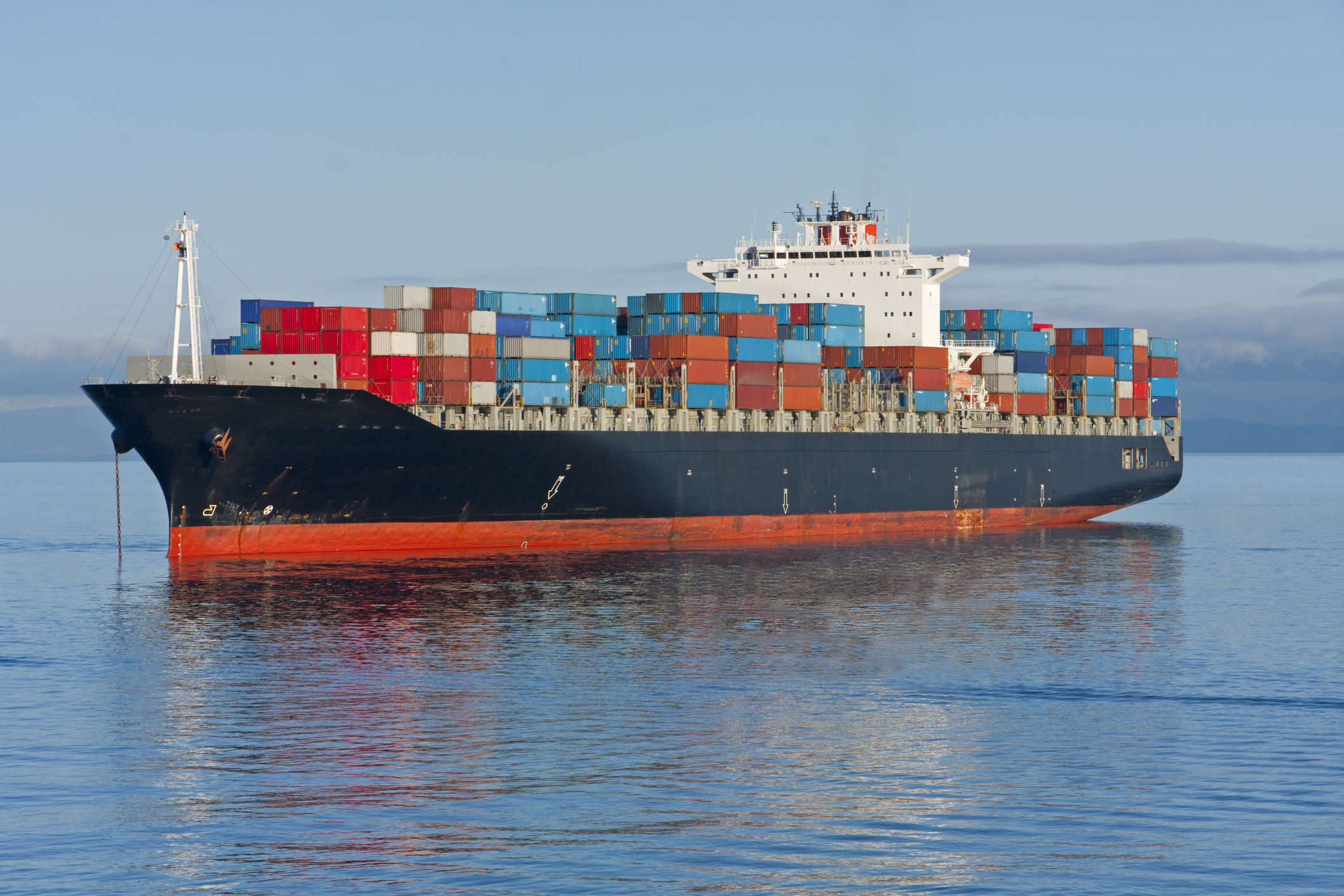Table of contents
Topic of the week:
Whilst the Houthi attacks continue to target vessels, causing many to re-route to the Cape of Good Hope, some have spotted opportunity and have launched new container shipping services travelling through the Red Sea, despite further attacks. On 15th the Gibraltar Eagle, a vessel owned by Eagle Bulk Shipping was hit by a missile fired by Houthi militants. According to Centcom the vessel “reported no injuries or significant damage, and is continuing its journey.” The CEO of Windward, Ami Daniel thinks that the risk of Houthi attacks “might be too big, and can effectively close the Suez Canal for maritime traffic,” as the Houthi have now expanded direct threats to vessels with a US/GB affiliation. Despite the Houthi target area expanding, some carriers, such as CULines have spotted opportunity amongst the chaos, launching a new Express service through the Red Sea. The service operates monthly with transit times of around 30-35 days, calling at Qingdao, Shanghai, Ningbo, Nansha, Jeddah and back to Qingdao. After the Red Sea attacks forced carriers to re-route vessels, there has been limited service to the region, which is where CULines have decided to jump on what they see as potential opportunity for profit due to the limited service, as well as recent rate increases due to the attacks.
As a result of the Red Sea attacks, predicted container shortages are now on the horizon, and could be a bigger problem than originally thought. Re-directed vessels, delays and cancelled shipments have directly impacted the re-allocation and return of empty containers making it increasingly harder to source 40ftHQ and 20ft containers across ports in China and Asia to Europe routes. Not only could this lead to longer lead times, further delays and even more cancellations, as demand for containers increases, it is highly likely that rates will follow suit and shippers may incur higher costs and possible surcharges.
Finally, after contract negotiations that began last February fizzled out between the United States Maritime Alliance (USMX) and the International Longshoremen’s Association (ILA), the threat of an October US East Coast port strike is increasing. Despite contract and pay negotiations starting in February of last year, communication has since died down, but both sides are being urged to resume negotiations, as the existing labour contract between the two parties is due to expire on 30th September 2024. This contract expiry date would hit in the middle of the peak season, so a sense of urgency is being applied to resume negotiations surrounding pay and work allocation, in an attempt to effectively prevent the strike, or at least mitigate any affects that port strikes may have on the US East Coast if an agreement is not made by October 1st.
As rocky times increase within the industry, watch this space and we will continue to update you with the latest news in future Freight Market Updates.
Sea:
- Over the last two weeks China/East Asia to North America West Coast spot rates have increased by 60.4% from $1,613/FEU to $2,588/FEU according to Freightos data.
- China/East Asia to North America East Coast spot rates have risen over the last two weeks, increasing by 69.2% to $4,278/FEU.
- Global container spot prices have risen over the last two weeks, and are now sitting at $2,613/FEU, a 94.8% increase over the last two weeks, and a 20% increase from spot rates this time in 2023 according to the Freightos Baltic Index (FBX)

Air:
- Global Air Freight spot rates currently sit at $2.56, as rates continue to fluctuate according to the Freightos Air Freight Index (FAX)
- Europe to Northern America spot rates currently sit at $1.84 (100-3000kg), says FAX, decreasing by 0%
- Europe to Central Asia spot rates have decreased by 4.4% currently sitting at $2.13 (100-3000kg), says FAX
- Europe to Asia, Greater China spot rates currently sit at $1.27 (100-3000kg), says FAX
- Although there has not been any uptick in demand for air freight just yet, the Red Sea crisis has had customers enquiring about air freight alternatives. Currently, customers are maintaining flexibility to longer transit times and delays, however if the crisis continues and delays or rates increase too much, there may be a surge of demand for sea freight alternatives in the form of air cargo transport.

That’s all for this week’s update…
Check out our other insights and articles for more in depth industry news and trending topics, or get in contact to discuss some of our best in class freight forwarding services!



